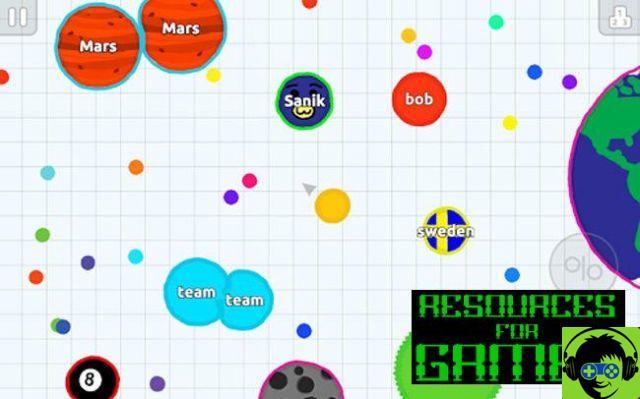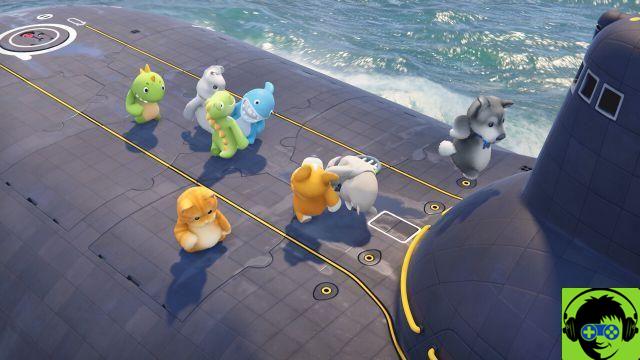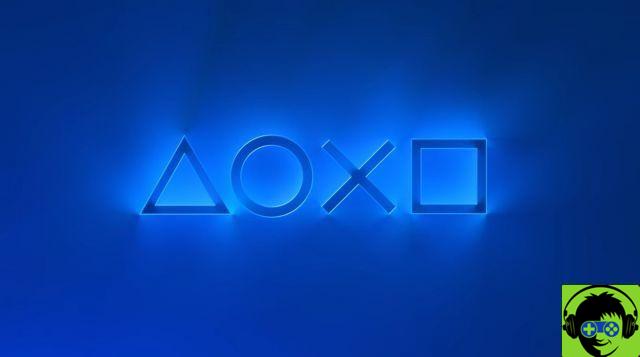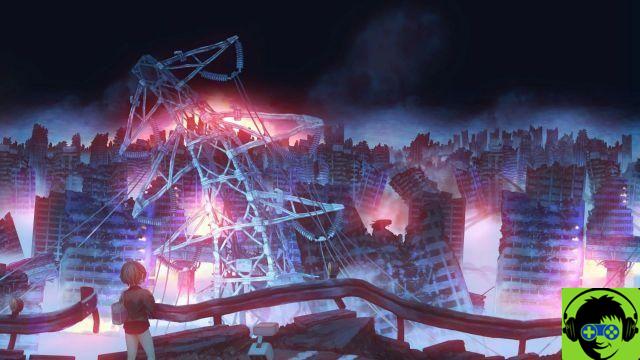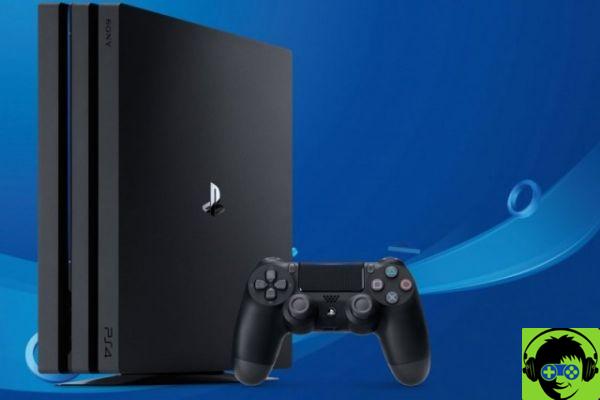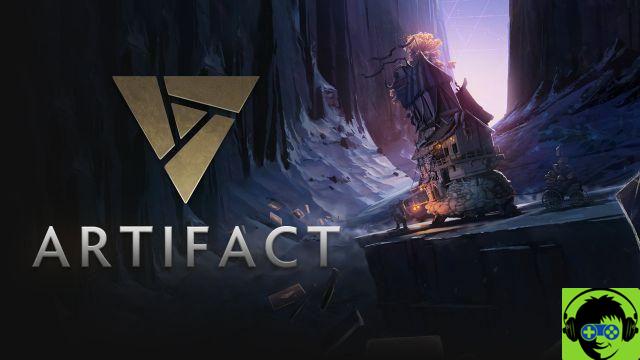
The world of collectible card games after suffering the monopoly of Heartstone, the attack of Gwent and the flourishing of a huge undergrowth of more or less important titles, is preparing for the arrival of a great battleship moved by Valve.
To avoid arriving unprepared for the release of the title we have created a guide that will allow all players to understand, with the arrival of copies on the digital market, what they are dealing with.
Guide Artifact - The origins of Artifact .

Let's start from the beginning: Artifact it's a collectible cards videogame that takes as its starting point and universe that of DOTA2, one of the most successful valve titles in history.
Dota 2 is one of the most important MOBA in the history of the genre and is also the video game with the largest export jackpot ever; from the mechanics of DOTA2 our dear has Artifact taken concepts such as the lanes or the buying items.
How does Dota 2 look like?
- Dota 2 is a multiplayer online battle arena completely free that bases purchases in game completely on cosmetic items and that nothing changes to the gameplay of the title. Unlike its competitor League Of Legends all the heroes (114 at the time of writing this article) are available immediately and are free.
- As in any self-respecting moba the map is divided into large sections called Lanes; each lanes has its own number of fortifications that help repel the enemy. All Lanes culminate in two different bases, one for each faction; each base contains a structure called ancient which is the ultimate goal of the title: you must defend your ancient while destroying your opponent's one.
- To destroy the ancient is necessary to collaborate with four other players creating a team where different heroes play different roles, each hero has a unique set of skills and possibilities that can create synergies or obstacles with other heroes on the battlefield.
- During the course of the game the game engine will create neutral creatures called creeps; if a hero gives the creep the last blow (called the coup de grace in the title) when he will receive a variable amount of money and experience; money is a very important resource as it allows the player to buy new items with which to upgrade his character. The same is true for the experience resource, which can be used to upgrade our characters' abilities.
- The title is available exclusively on PC (only available on the Steam platform) and runs on Source 2, Valve's new graphics engine.
What do you get Artifact from Dota2?
- Artifact will be made available to the public at a price of $20, probably converted into 20€ in the European market; is not a free to play and will have a model of purchases in game based on the presence of packs of cards; as is the case with Heartstone.
- Artifact takes up the concept of lanes proposing to the player three different battlefields to be constantly controlled; each lanes in game will present its cards and situations. The cards in game show the heroes, abilities and creatures present in Dota 2.
- Given Valve's commitment to the creation of a functional and successful export scene like Dota 2, it's not surprising that in the future we'll see something remotely similar for Artifact himself.
- Artifact will initially only be available on PC (more specifically on Steam) from November 28, 2018; it will receive ad-hoc releases for Android and Ios during 2019. The graphics engine used for the release of the title will be Source 2 and the mobile iteration of Artifact will be the first demonstration of the possibilities of using this graphic engine on smartphones around the world.
Guide Artifact - How to play ?
What are the objectives of Artifact ?
Artifact is a trading card game, i.e. a trading card video game like Heartstone or Magic The Gathering. The game design of Artifact one of the most important luminaries of the field, Richard Garfield, creator of Magic The Gathering itself, was developed.
For the moment we know that Artifact it will contain as many as 280 cards and over 44 different heroes on the day of its release; with this pool of available actions it will be necessary to control the three playing fields that represent the lanes of the original moba. Each lane will be, on balance, a real playing table; inside these fields there will be a tower, i.e. a fortification that represents the first small target to be knocked down.Each tower of the game has 40 life points and represents the first goal of the expansionist aims of each player; to bring the life points of a tower to 0 means to knock it down and open the way to the ultimate goal of each game: the ancient. An ancient is a structure with 80 life points that represents the ultimate goal of each game of Artifact : to knock down an ancient means victory, to lose your ancient means defeat.
To win a game, therefore, players will have to knock down the ancient opponent or choose the alternative method of victory represented by knocking down two towers.
How do you fight in Artifact ?

Artifact puts two players against each other and their respective decks / clubs. Each player can place up to five different heroes in their deck/bunch, which will then be divided between the different warriors/battlefields into which the title is divided. Each hero will be accompanied by creeps, automatically generated units that have the task of slowing down the heroes' advance towards the tower.
The games are divided into rounds, one for each player; each round takes place in the exact same way:
- You fight in the top lane (ie the battlefield further to the left on the screen)
- You fight in the mid lane (the most central battlefield in the screen).
- You fight in the bottom lane (i.e. the battlefield furthest to the right of the screen).
Each time you finish the fight in the bottom lane you will move on to the last phase of the turn: the purchase of items. Using a special window you will be able to purchase a number of different items with which to equip your hero in order to win your lane more easily; purchase the desired power-ups the turn will end.
At the end of each round an extra pair of creeps is created within a randomly selected lane. Each hero, although fighting on his own lane, has the ability to influence the lanes around him through skills and other amenities.
 Each lane has a pool of mana from which you can draw to play the cards you have in your hand; it starts with a minimum of three and for each turn you play increases by one (with a system not too dissimilar from the one that animates Heartstone).
Each lane has a pool of mana from which you can draw to play the cards you have in your hand; it starts with a minimum of three and for each turn you play increases by one (with a system not too dissimilar from the one that animates Heartstone).
As in the aforementioned Blizzard title there are cards and abilities that can increase the mana present in our resources, but unlike Heartstone in Artifact combat is much more automated because their own cards will automatically attack the enemy that will face or one of the two cards adjacent to the enemy in front of them.
There are no limits to the number of creeps you can have on the same lane, allowing different and varied strategies according to your will.
Guide Artifact - the heroes.
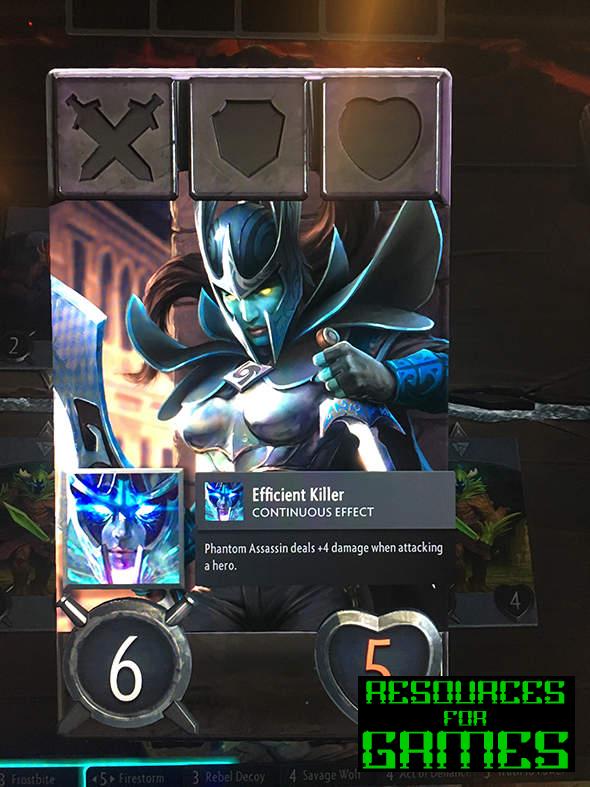
To accompany the above 280 cards that represent the flow of the game come the heroes, taken equal by those present within the world of Dota 2. For the moment Artifact will have 44 different heroes with which to compose their own deck, heroes different in ability and the heroes that belong to this as in the original title the Gankers attacked the other heroes when they least expected it.
When building a bunch in you Artifact can choose between maximum two different interiors of the same bunch. Death, for heroes, is not a game over but simply a moment to rest.
They will be absent from the game for an 'internal turn and then return more fierce than ever; this turn is not even mandatory for everyone because it depends on the type and characteristics of the hero himself: the attacking heroes of your hero.
And don't worry, if your hero dies his items will remain in the slots ready to be used, just like in the MOBA he's inspired by.
The skills of each hero are divided into active and passive skills; the former must be activated manually as the wools flow while the latter have a passive effect, i.e. they don't need the interaction of the player to work. Among the active abilities there are some abilities that are activated only when your hero is in a certain position within the La
Heroes' abilities are not limited to the lane they're in, but can interfere with opposing heroes (or help allied heroes) within the other lane; it all depends on the type of skill we're dealing with.
Guide Artifact - create a deck.
Like any self-respecting Artifact collectible card game it has some rules that determine how and why you can do and choose certain things.
At the moment we don' Artifact t know much about deckbuilding, here is the information that was released by Valve:
- Each deck Artifact may contain 40 cards, it is not possible to insert more or less cards of this number.
- Each deck of Artifact may include five different heroes, the same number of heroes present within a team of a classic Dota game.
- Each card can be inserted in a deck in a maximum of three copies; the hero cards will probably be limited to a single copy (we are still waiting for confirmation for this data).
However, creating a bunch will be a more complicated and arzigolata than this one; for this reason we recommend you readers to read the guide that will come out next to the beta version of the game!
Help Artifact - Useful Information
Are you interested in the game, you have questions but have not found an answer in the previous paragraphs? Don't worry, read here to have a nice flourishes of all the various things that might be interesting to know about the title.
Artifact Will it be free to play?
We had talked about it before but no, the new title of Valve will not be a free to play as its main inspirer. Artifact will be sold on Steam at a price of $20, probably changed in 20€ here in European territory.
On how Valve will earn after the purchase of the title still hovers a thick mystery; for the moment we know that the company will try everything to avoid turning Artifact into a pay to win, we know that you can also buy the cards you want directly from the Steam Marketplace.
Valve itself wants to bet a lot on this idea of exchanging cards through the marketplace, trying to chase the feelings you could feel with physical cards and exchanges with friends. Buying from friends of Steam or from Valve itself will bring important benefits to buyers and sellers.
In all likelihood this will be one of the mainstays on which the social experience of the title will be based.
Artifact will it become an eSport?

This question actually has a very simple answer: yes.
The why is soon said: Valve has a lot of experience in the eSport world through its history with Counter-strike: Global Offensive and Dota 2; the company has stated that it wants to finance all the export side through a part of the internal revenues of the title, exactly as it financed The International of Dota 2 through the revenues of the associated compendia.
The title will allow viewers to watch games in real time, watch replays and learn about anything within the title in a few clicks, turning the user experience of the title into something practically definitive.
Given the experience of the company we expect great things from the competitive side.
Which modes will be present in Artifact ?
The statements about the modes that will be present in Artifact are not many but help to unravel some doubts: according to Valve the title will contain a Draft mode (i.e. where you will need to build a deck from a given number of packs of cards) and a Sealed mode.
To be absent in Artifact will be the single player mode; in addition to the game tutorial there will not be any kind of career mode or solitaire mode that say you want.
What minimum requirements will be required to run Artifact on your PC?
Still nothing has been declared about the minimum requirements that will be necessary to make the experience Artifact possible on your own computer; at the moment we know that the title will run on the Source 2 graphics engine owned by Valve.
Considering that Valve's Source 2 engine was used for Dota 2 it is possible to examine the requirements for running this title and use them as a basis for calculating what will be needed for our card game.
- Operating system: Windows 7 or newer
- Processor: Dual core from Intel or AMD at 2.8 GHz
- Memory: 4 GB RAM
- Video card: nVidia GeForce 8600/9600GT, ATI/AMD Radeon HD2600/3600
- DirectX: Version 9.0c
- Network: Broadband Internet connection
- Memory: 15 GB of available space
- Sound card: DirectX Compatible
These are the data that are traceable within Steam about Dota 2 and you can immediately notice that the title is anything but resource-demanding; considering that it Artifact will be a card game there's reason to think that in reality the title is extremely lightweight and perfectly capable of running on computers with integrated video cards.
Will there be room for mods inside Artifact ?
Some Steam titles have received an incredible success by the presence of mods and modifications made by the community for the most varied purposes; a similar thing can be done for Left 4 Dead and Dota 2 (the latter has an entire section of the game dedicated to the creation of unique gameplay modes by the community).
According to what stated by Valve Artifact will be devoid of support for Steam Worshop, that is, no support for the mods made by users. We do not know if this limitation will be perpetual or if in some future the thing will be cleared through customs.












